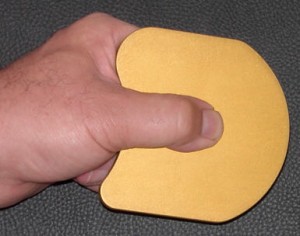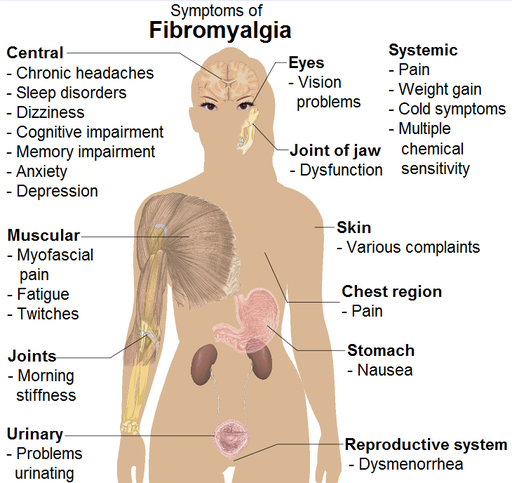 For some reason, lately, we’ve been getting an inordinate amount of complaints from clients about bottom of the foot and heel pain, most commonly this is caused by Plantar Fasciitis. It’s no surprise though, because over 2 million Americans are affected every year by Plantar Fasciitis — that’s 10% of the population over a lifetime.
For some reason, lately, we’ve been getting an inordinate amount of complaints from clients about bottom of the foot and heel pain, most commonly this is caused by Plantar Fasciitis. It’s no surprise though, because over 2 million Americans are affected every year by Plantar Fasciitis — that’s 10% of the population over a lifetime.
What is Plantar Fasciitis?
Plantar Fasciitis can be a debilitating condition, making it hard to stand or walk for too long. Many people who have the condition find that they can barely walk upon waking because of the pain of severely tightened fascia muscles. As Wikipedia defines it, “a painful inflammatory process of the plantar fascia, the connective tissue on the sole (bottom surface) of the foot.”
The plantar fascia itself, is a thick band of connective tissue, that is fibrous in nature, which starts at the bottom of your heel bone and extends along the sole of your foot towards the toes.
Symptoms of Plantar Fasciitis
- Pain usually felt on the underside of arch and heel, making walking difficult or painful
- Shooting pain in the heel, especially upon waking in the morning or standing up after sitting for a long period
- Difficulty bending the foot, toes toward the shin (this is called decreased dorsiflexion
- Increased knee pain, especially among runners
- Increased pronation (inward rolling) or supination (outward rolling) of foot, often causing uneven wear of shoes
Common Causes of Plantar Fasciitis
- Long periods of weight-bearing (being on your feet all day)
- High body mass index
- High (or low) foot arches that are poorly supported
- Extremely tight calf muscles
- Excessive walking
- Diabetes and arthritis, especially in the elderly
- Oversupination (too much outward rolling of the foot when walking)
All of which cause a thickening of this connective tissue, reducing its flexibility over time and creating a tightening or pulling on the surrounding muscles, which can lead to other issues such as back, knee and hip problems, and other chronic foot conditions.
Treating Plantar Fasciitis
There are many ways to treat this condition including:
- Rest
- Massage therapy
- Stretching
- Weight loss
- Night splints
- Motion control running shoes
- Physical therapy
- Hot and cold therapy
- Orthotics
- Ultrasound
- Anti-inflammatory medications
- Injection of corticosteroids
- Surgery in extreme cases
Plantar Fasciitis is a condition that can persist for months or even years, since very few of us can fully rest an injury such as this. Once the connective tissue that forms this band of fascia becomes inflamed (meaning very little is happening in the way of circulation) it takes time for it to heal.

BodyQuirks Treatment for Plantar Fasciitis
We’ve been treating this condition with deep tissue massage, using a specialized tool (we call “Scrapey”) that allows us to strip the fascia and reduce the tightness, this, in combination with a chiropractic adjustment of the calcaneus (heel bone) has proven to be extremely effective. If you release the tension on the fascia and don’t adjust the heel bone it can help, but we find that relief is temporary with the foot adjustment.
By combining “Scrapey” with chiropractic adjustment, clients have reported relief of 80% to 90% of their previous heel pain, with just one treatment. We also give you some home stretching exercises, to help support the work we do and continue with the healing process.
If you have Plantar Fasciitis, please don’t think you have to suffer with this condition, buying expensive orthotics for the rest of your life — call and make an appointment for a massage treatment with “Scrapey” and let us help you treat this painful condition.




